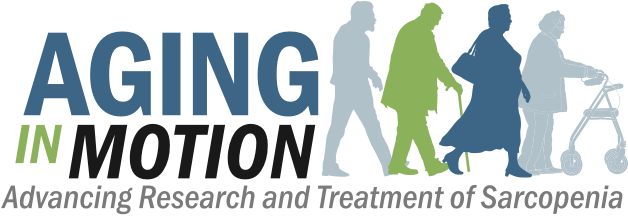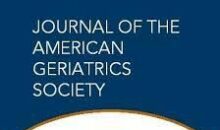Bridging the gap – Why AIM and sarcopenia are important
As the Baby Boom Generation begins to turn age 65 this year, preserving the physical function and independence of older Americans will be the surest way to ensure healthy aging and to control soaring health care costs. However, more than 18 million Americans struggle with sarcopenia, an age-related condition that results in muscle wasting and leave millions of older adults vulnerable to falls and fractures, hospitalization, loss of mobility, frailty, institutionalization and even death, at a cost of more than $18.5 billion annually – numbers that will continue to climb at alarming rates over the next several years.
Though a reduction of incidence of 10% could relieve the burden on Medicare and Medicaid by $1.1 billion, currently there are no FDA-approved measures that could be used to determine the effectiveness of potential drug therapies and other treatments to manage or even reverse the effects of sarcopenia and related functional decline, despite a growing body of research demonstrates that certain tests could now serve as appropriate assessments of therapeutic effectiveness. This lack of regulatory recognition by policymakers continues to put the livelihood of the aging population in a perilous position, as doctors and other health care professionals are left without the appropriate assessment tools and therapies needed to help their patients cope with sarcopenia.
It is this gap between prevalence and action that drove the Alliance for Aging Research to initiate the Aging In Motion (AIM) Coalition, a diverse group of patient, caregiver, health and aging groups who are working together to press for greater research and regulatory considerations in the area of sarcopenia and related conditions.
One of the most important goals of the AIM Coalition is to create and lead a working group to draft and submit a Letter of Intent to the FDA in response to the October 2010 Guidance for Industry. This is the first step in the process of opening doors to future development of drug therapies, as well as dietary or physical therapy interventions, in the area of sarcopenia and related conditions. The Coalition will also push to mobilize policymakers in securing the reimbursement of such treatments, another important step that will secure the continued innovation.
The AIM Coalition recognizes that fostering an environment of continued medical innovation and research leads to the kind of robust health care system needed not only to care for the millions of older Americans who are managing chronic and expensive conditions like sarcopenia, but to reach greater levels of healthy independence for the aging population. Moreover, pressing for innovation in this particular area will help to pave the way for future innovation and treatments for other related conditions.
The AIM Coalition represents an opportunity for the many groups with expertise in the areas of neuromuscular and musculoskeletal research, nutrition, and delivering quality health care to the aging population to share knowledge and help to inform our overall strategy as we push for the most innovative, cutting-edge care and therapies for a healthier future. If you are interested in joining our efforts in support of this important issue, find out how to become a member.

